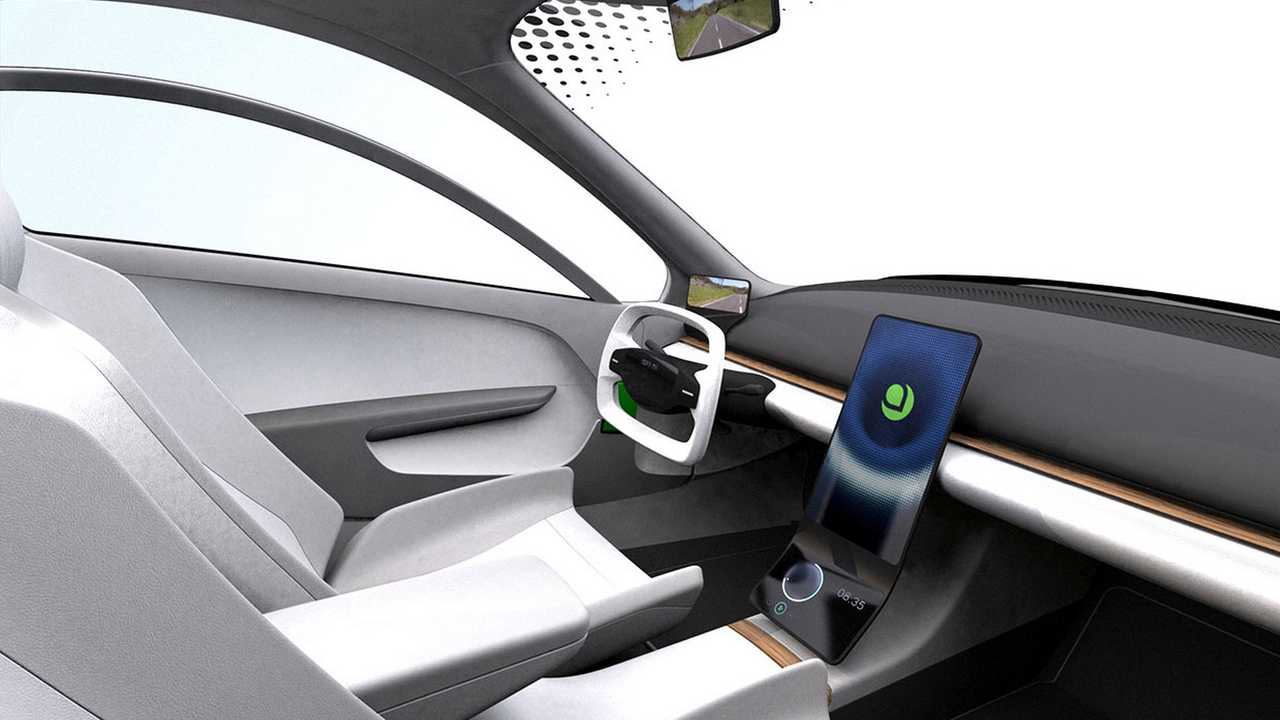If it manages to get to production this time, hopefully.
EV fans had a huge blow when Aptera Motors filed for bankruptcy in 2011. After all, it would deliver a car that was able to run 100 miles on a single charge with a really small battery pack. It would have been an incredible feat that could be credited to low weight and a very low drag body. Eight years later, we can tell you Aptera will be back in business. With the same partners that wanted to have it on its feet back then. And ten times more range.
You read it right: the new Aptera plans to reach 1,000 miles of range with a single full charge. Again, with the help of its water drop body – which does not fight the air around – a very small frontal area and low weight, as IEEE Spectrum revealed with exclusivity.
The new battery pack also has to be bigger. In fact, Aptera plans to offer battery packs that will range from 40 kWh to 100 kWh. The 60-kWh car will weight solely 800 kg, light even for ICE car standards.
It will probably help that Chris Anthony and Michael Johnson founded Flux Power, an industrial battery technology company. Steve Fambro is the other partner involved. He and Anthony are the CEOs for the new Aptera. Perhaps Flux Power has something up its sleeve to get the new Aptera ready in very little time.

The new company actually plans to raise $2.5 million in order to produce three prototypes until the end of 2019. They would be revealed in 2020.
Besides talking to equity and venture investors, Aptera will start a crowdfunding campaign that will give people a place in the reservation queue, but the company will only accept these reservations if it cannot guarantee a delivery date for buyers.

The new Aptera will have in-wheel motors. Initially only on the front wheels, but the idea is to have all three of them powered by a 50 kW (67 hp) motor from an Eastern European supplier.
Low weight will be achieved with a structure made of 3D printed metal parts and resin-infused sandwich-core plastic composites. Aptera will have the car crash-tested to prove they are as safe as any other production vehicle.

The big question mark on this one is: will it work this time? We sure hope so. Even if the Aptera will not suit all transportation needs. Its aim is to prove how energy efficient a car can be. Ferdinand Piëch tried that with the VW XL1, but no one has given it a shot with electric cars. At least not so far. Godspeed, Aptera!
Source: IEEE Spectrum
